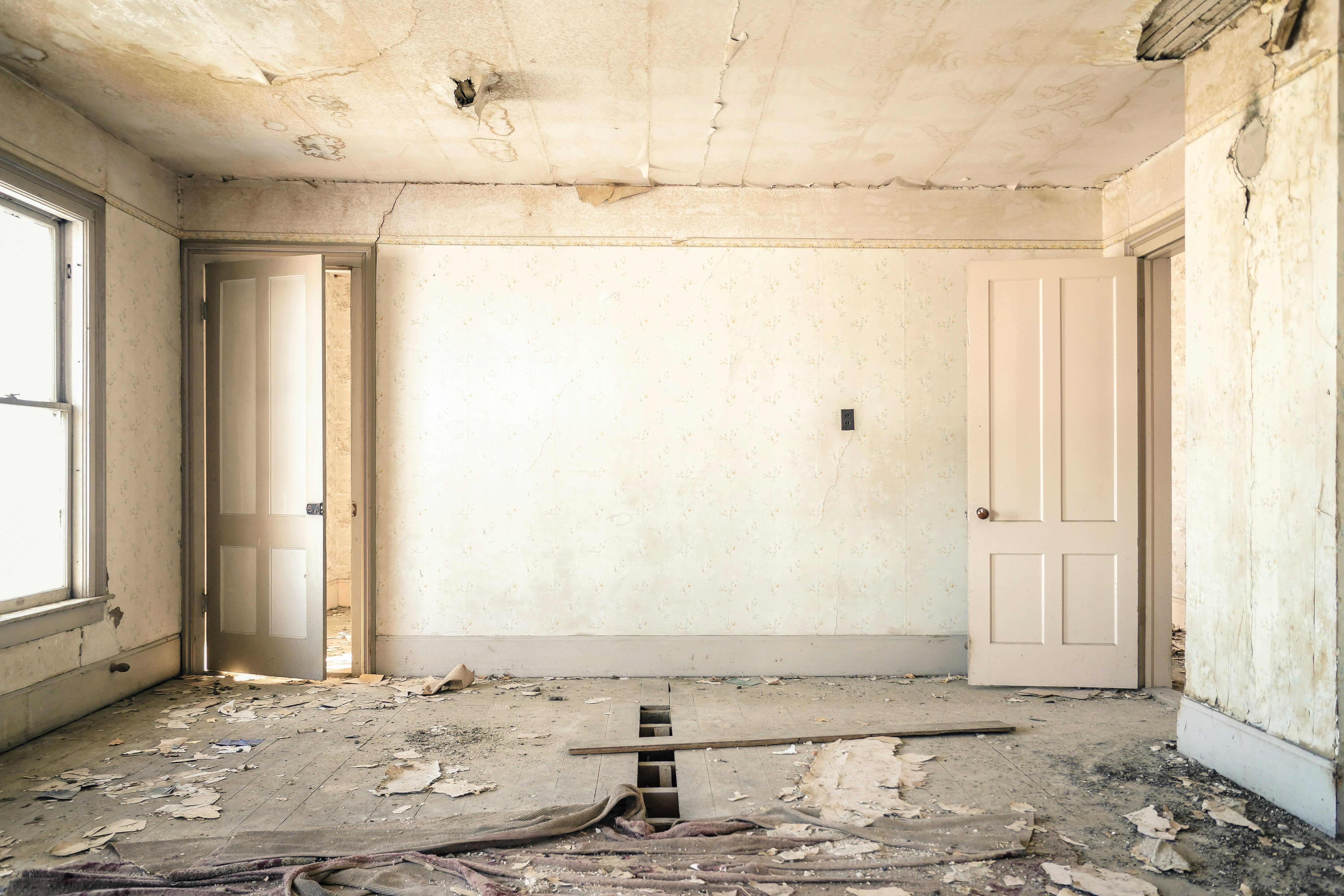Published by Contentify AI

Key Takeaways
- Repairing damaged vinyl siding can enhance the appearance of your home.
- Identifying the type of damage helps determine the appropriate repair method.
- Proper tools and materials are essential for a successful vinyl siding repair.
Vinyl siding is a popular choice for homeowners due to its durability and low-maintenance qualities. However, even the sturdiest materials can succumb to damage over time. Whether it’s due to extreme weather, accidental impacts, or general wear and tear, repairing damaged vinyl siding is essential not just for aesthetics but also for protecting your home from the elements. Understanding the repair process can save you money and extend the life of your siding.
Before diving into repairs, it’s crucial to assess the damage thoroughly. Start by examining the affected area for cracks, holes, or loosened panels. In some cases, the damage may be minor and can be addressed with a simple patch or a replacement piece. For larger issues, like sizable dents or extensive cracking, you may need to remove and replace entire sections of siding. Identifying the specific type and color of your vinyl siding will be vital when sourcing replacement materials to ensure a seamless repair.
Once you have your materials, the repair process can begin. For small cracks, consider using a vinyl siding patch kit, which often includes adhesive and a color-matched patch. If you’re replacing a panel, gently remove the damaged section using a siding removal tool, then snap in the new panel. Ensure all panels are secured properly to prevent moisture infiltration, which can lead to further issues down the line. Finally, inspect your work to ensure a tight fit and a polished finish. By taking these steps, you will restore your home’s appearance while reinforcing its defenses against future wear.